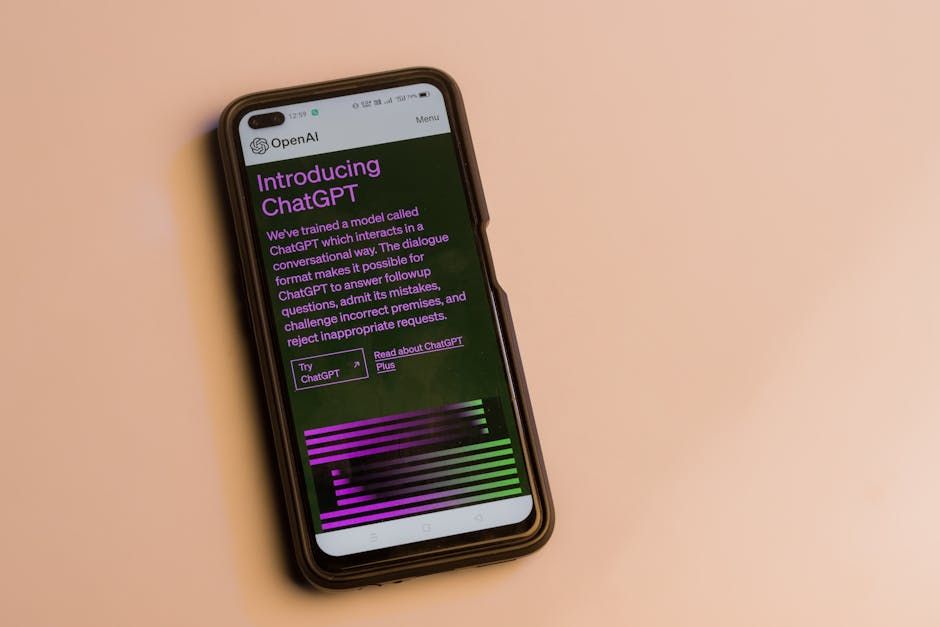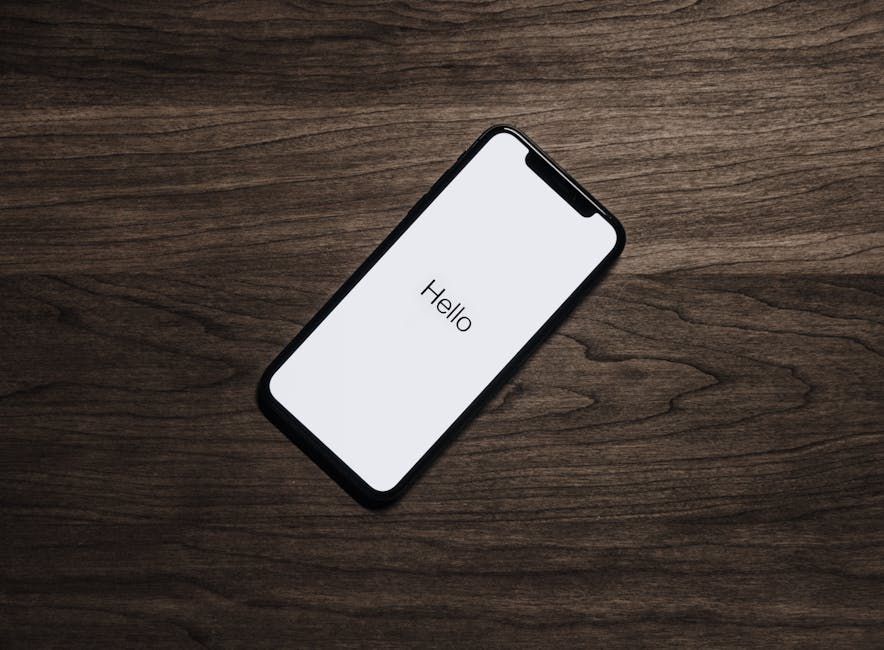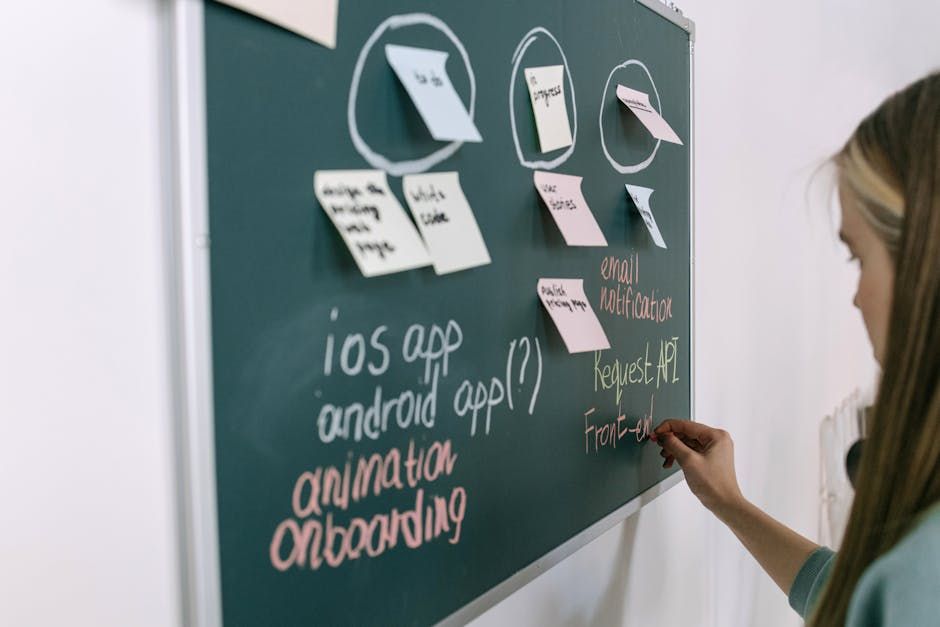In the fast-paced world of app development, methodologies such as Agile have become the norm for numerous teams.While Agile offers flexibility and iterative progress, it often overlooks critical aspects that can lead to suboptimal outcomes. This article explores these shortcomings and presents alternative approaches that can enhance mobile app development practices.
Agile methodology, primarily designed for software development, emphasises iterative progress and collaboration. Teams break down projects into smaller, manageable units called sprints, typically lasting two to four weeks. Each sprint involves planning, executing, evaluating, and adjusting based on feedback.
However, despite its popularity, Agile is not without its flaws. For instance, a study by Project Management Institute found that 53% of Agile projects still face delays due to inadequate planning and scope creep.
One major issue with Agile is the tendency to prioritise speed over quality. Teams often rush to release a minimum viable product (MVP), which can lead to significant issues later in the development cycle. For example, in 2017, facebook released a version of their Messenger app that was riddled with bugs and performance issues. This hasty release damaged user trust and required extensive follow-up efforts to rectify.
Another critical aspect often bypassed in Agile is comprehensive documentation. In many cases, teams prioritise working software over comprehensive documentation, which can create knowledge gaps that hinder future development and onboarding processes. As noted by Forbes, poor documentation can lead to significant productivity losses and miscommunication among team members.
While Agile remains a popular choice, other methodologies may better address its shortcomings. One such approach is the Waterfall model, which emphasises thorough planning and sequential execution. Although less flexible than Agile, Waterfall's structured nature can lead to more predictable outcomes.
A notable example of successful Waterfall implementation is Amazon Web Services. AWS has utilised the Waterfall model for many of its enterprise-level applications, focusing on extensive upfront documentation and a clear project roadmap. This meticulous planning allowed them to minimise risks and ensure a smooth development process.
Cross-Platform Development: A Viable Alternative
Another approach worth considering is cross-platform development, which allows developers to create applications that run on multiple platforms, such as iOS and Android, using a single codebase. This can significantly reduce development time and costs.
Implementation Steps for Cross-Platform Development
Here are some steps to effectively implement cross-platform development:
- Select the Right Framework: Choose a framework such as Flutter or React Native that suits your project requirements.
- Set Up Development Environment: Configure your development environment to support the chosen framework, ensuring you have the necessary tools and libraries.
- Develop Core Functionality: Focus on building the core features of your app that will be shared across platforms.
- Test on Multiple Devices: Regularly test the app on various devices to identify platform-specific issues early in the development process.
- Iterate Based on Feedback: Gather user feedback and iterate on your design and features to improve the user experience continuously.
Common Mistakes in App Development
Regardless of the methodology chosen, several common mistakes can hinder development success. One frequent error is failing to conduct adequate market research before starting development. Knowing your target audience and their needs is crucial. For instance, Slac initially focused on internal communications but pivoted towards a broader audience based on user feedback and market trends.
Another mistake is neglecting post-launch support. Many teams are eager to release their app but forget that support and updates are just as critical to maintaining user satisfaction.

Photo by Sanket Mishra on Pexels (https://www.pexels.com/photo/webpage-of-chatgpt-a-prototype-ai-chatbot-is-seen-on-the-website-of-openai-on-a-smartphone-examples-capabilities-and-limitations-are-shown-16587315/)

Photo by Ivan Samkov on Pexels (https://www.pexels.com/photo/woman-in-black-shirt-sitting-beside-man-in-gray-dress-shirt-7213210/)


